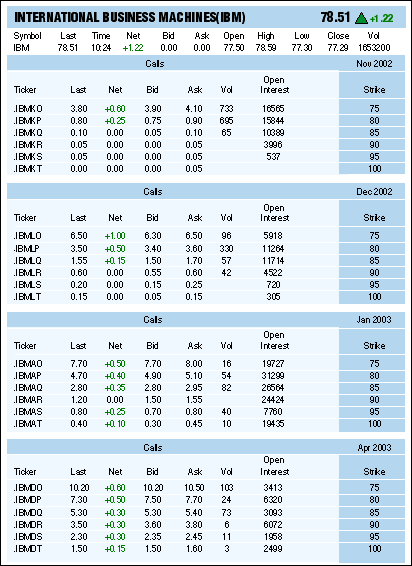OPTIONS
Which One Is Hotter?
Which Strike Is Best?
by Ihor Vysotskyy
Here's a method for selecting advantageous options.
Purchasing call options is often considered to be the simplest strategy when it comes to trading options. The method is based on the assumption that when the price of the underlying financial instrument goes up, the call option will also rise, generating a profit.
However, this is not always the case. Most beginners in the options market start out by purchasing a call option, but are disappointed when they discover they have been misled into believing no risk is involved. Instead of profits, they experience enormous losses. This can cause them to think that trading options is such a risky activity that they turn away from options trading altogether.
THERE ARE OTHER METHODS
Most of the disappointment arises when new options traders buy out-of-the-money (OTM) call options. In addition, beginners often choose the nearest series. Their motivation is simple: the low price of the options. Deep out-of-the-money options of the nearest series can bring benefits if the price of the underlying displays a strong move accompanied by an increase in implied volatility. However, research has shown that the market rarely makes such strong moves.
Moreover, in the case of a rise in the underlying, it is possible for OTM options to remain unchanged or even decline in price. This is especially true for the nearest series as the expiration day of the contract approaches and implied volatility declines. This leads to a situation in which the OTM call holder will not benefit.

FIGURE 1: OPTION QUOTES FOR IBM. A quick upward move will result in a rise of every strike to the price of the next highest strike.
...Continued in the May 2003 issue of Technical Analysis of STOCKS & COMMODITIES
Excerpted from an article originally published in the May 2003 issue of Technical Analysis of STOCKS & COMMODITIES magazine. All rights reserved. © Copyright 2003, Technical Analysis, Inc.
Return to May 2003 Contents